Giving a Face to Trisomy 18:
Debbie Elaborates on this Rare Condition
Ava, Akaiya, and Annabelle, three little girls with full trisomy 18.
The terms “incompatible with life” and “lethal anomaly” are often used to describe trisomy 18 (t18).
Would-be parents are strongly encouraged to end their pregnancy when a t18 diagnosis is made. At birth, medical treatment is often withheld unless parents are told they have the option to create a birth plan. Surgery is often denied due to the diagnosis. The list goes on, but there are survivors.
Children and adults with t18 are from all types of families from all over the world. They live in large, metropolitan areas and rural communities. They have younger and/or older siblings. Outside of an extra 18th chromosome (full t18) or part of one (mosaic, partial, p arm), they are individuals first, not their diagnoses. The oldest known person with t18 recently passed away at the age of 38; how is that “incompatible with life?”
There are a constellation of physical characteristics of t18. You’ll see low-set ears, clenched hands, and rocker bottom feet. Common medical conditions include cardiac anomalies such as ventricular septal defect, apnea, kidney malformations and feeding difficulties. Yet, not every child or adult with t18 has all of these conditions, and severity varies when they do. What is important is the developmental skills some demonstrate such as activating an iPad to communicate choices and walking with a gait trainer. It’s also important to note the interactions children and adults with t18 have with their parents, siblings, extended family members and other caregivers. Many of the girls only have eyes for their Daddies and some of the boys have a fondness for babies.
I’ve spoken with many parents with children with t18. I hear the positives, not about “lethal anomalies.” It’s about starting preschool or high school; it’s about preparing for decannulation (removal of tracheotomy) or starting to eat solids.
Through the TRIS project, parents are being given a voice to share their experiences and recommendations. Other authors are also moving in that direction and finding more positives, but it is difficult to hear the results above the din of negative perspectives which emphasize high mortality rates and limited quality of life. It seems that t18 has a way of polarizing people. There is room to meet in the middle, but it will require work to raise awareness and share positive stories. This does not mean ignoring medical conditions and other complications but sharing this information amid smiling faces of living children and adults as well as those that left too soon (parents refer to them as “angels”).
In my previous blog I mentioned my initial experiences with preschoolers with t18 and the learning curve I experienced as I gained knowledge about their strengths and needs. When I began the TRIS project, my focus was t18 in honor of my “trisomy triplets.” Those girls will always have a special place in my mind and heart.
Dr. Debbie Bruns is an Associate Professor in the Department of Educational Psychology and Special Education at Southern Illinois University, Carbondale. She has had an interest in rare trisomy conditions for over 20 years. She began as a teacher in New York City, working with young children with multiple disabilities including preschoolers diagnosed with trisomy 18 and, now, as the principal investigator for the Tracking Rare Incidence Syndromes (TRIS) project.

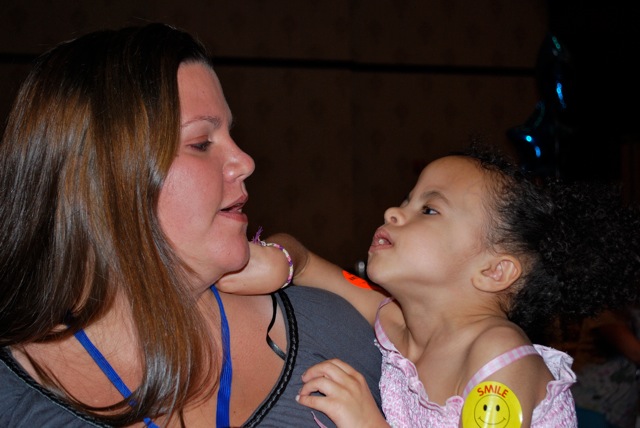


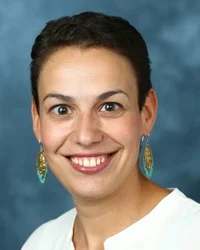
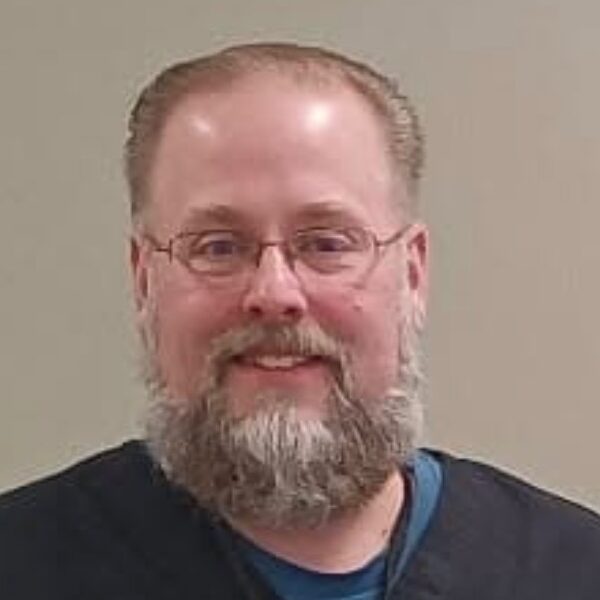

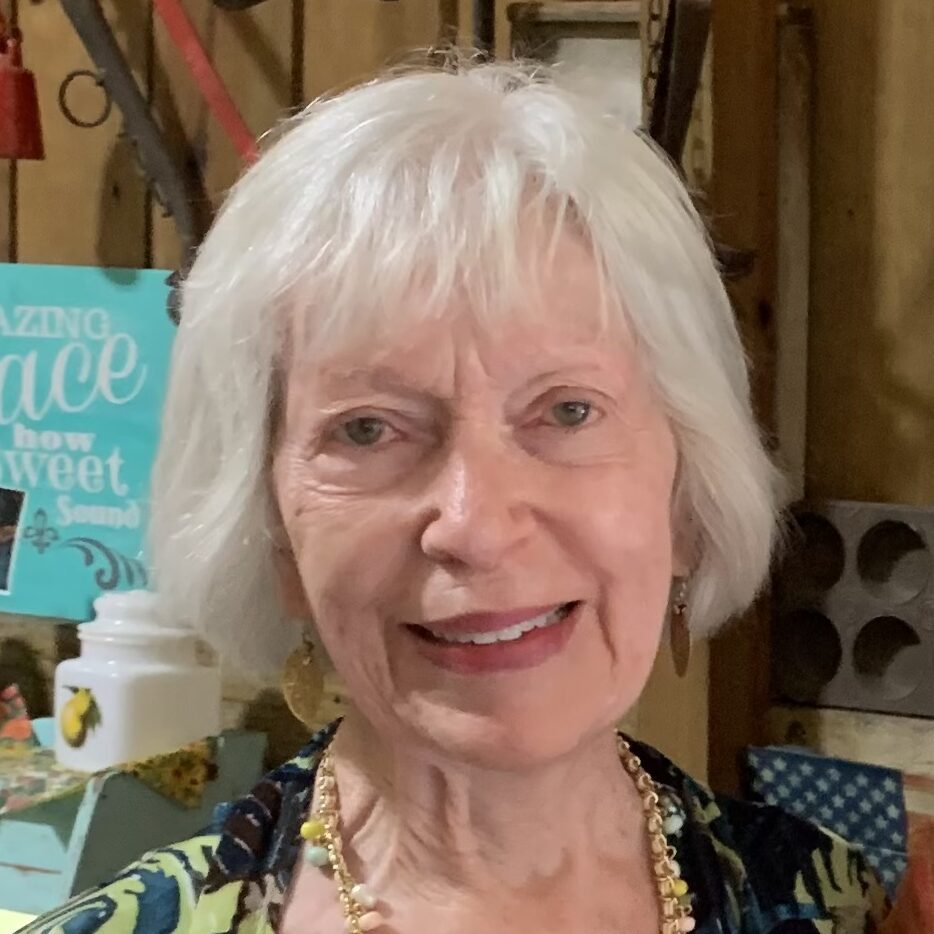

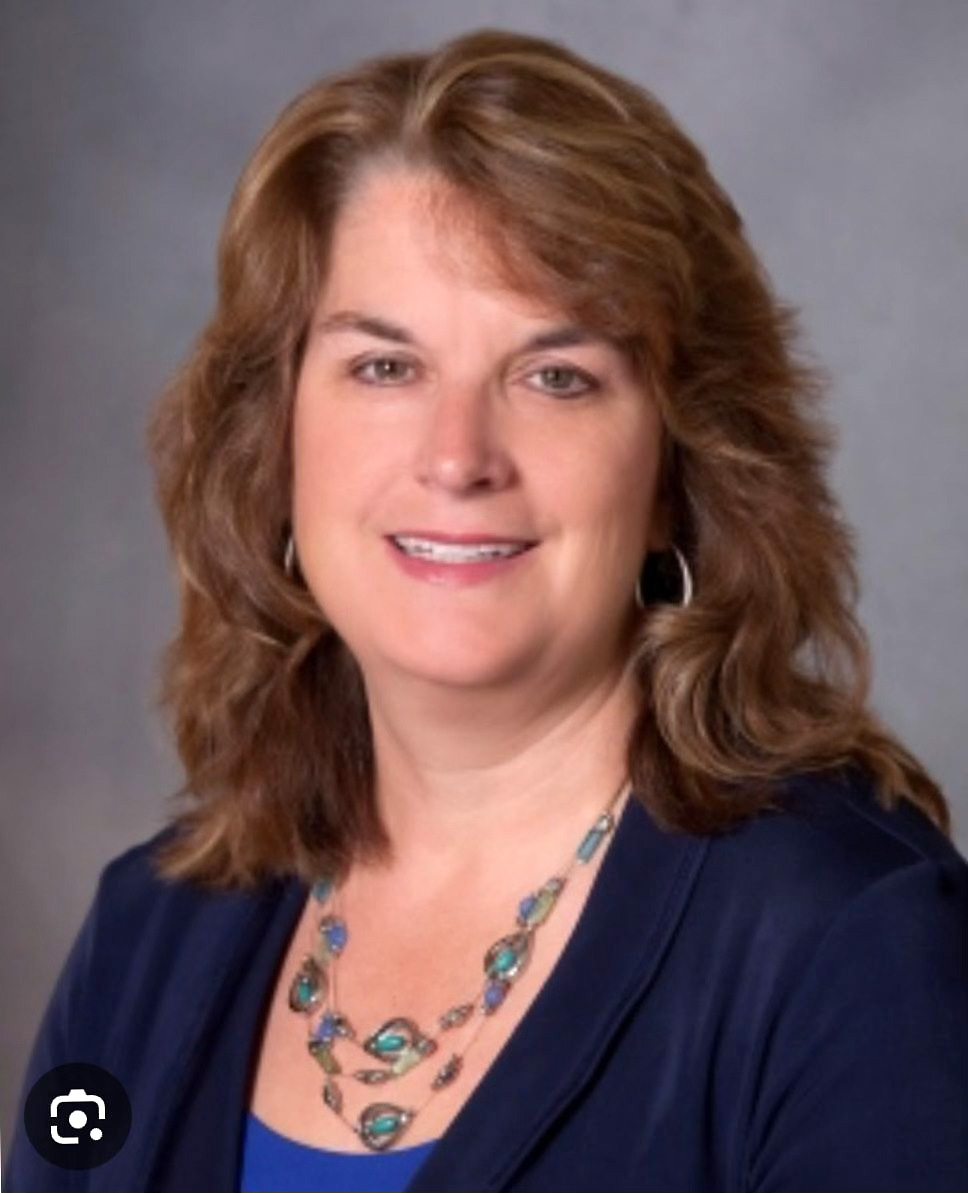
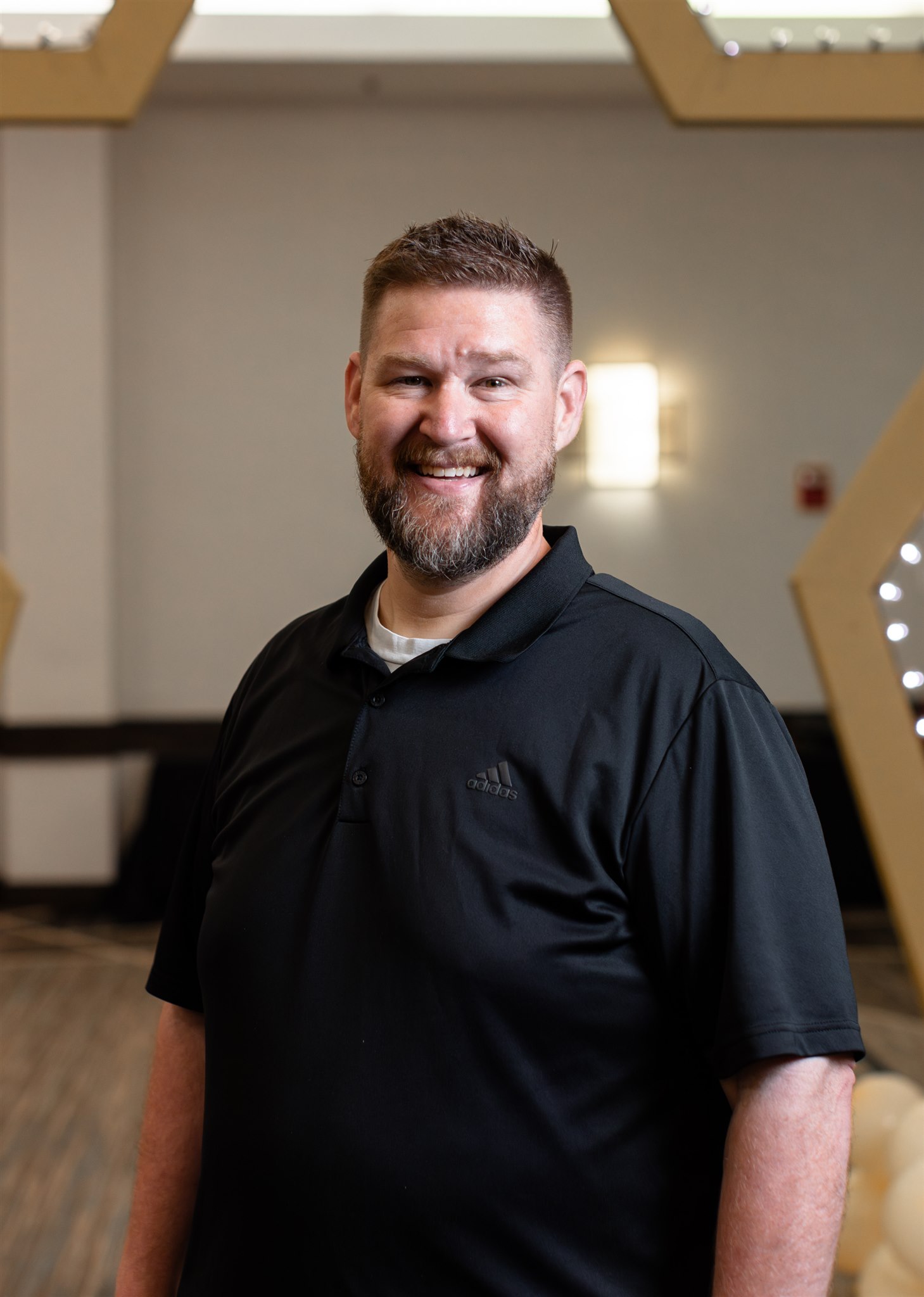
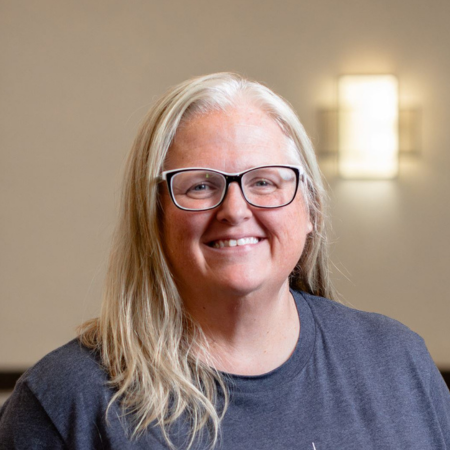

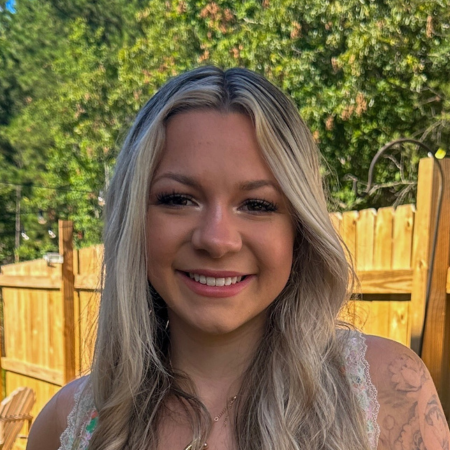
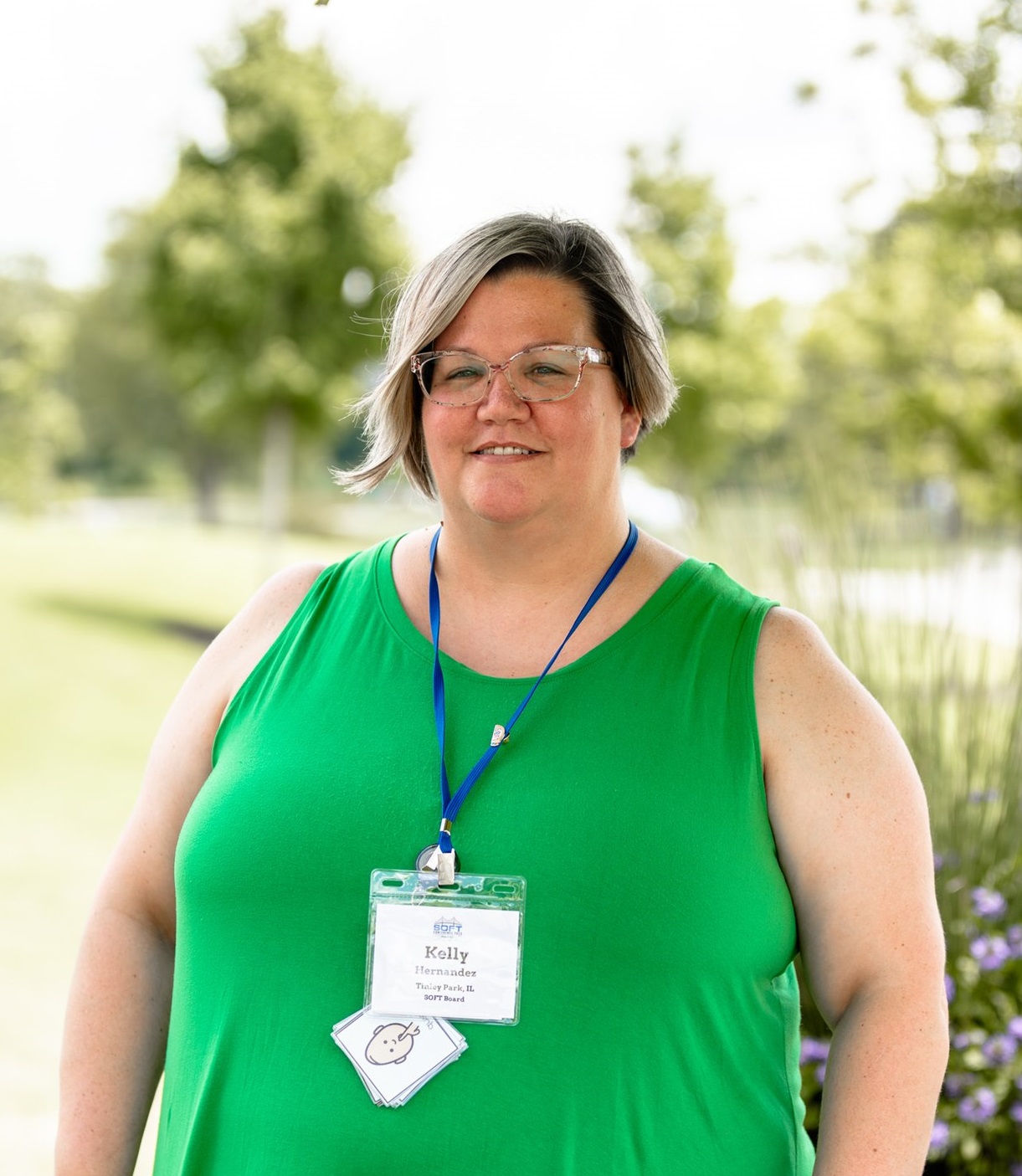
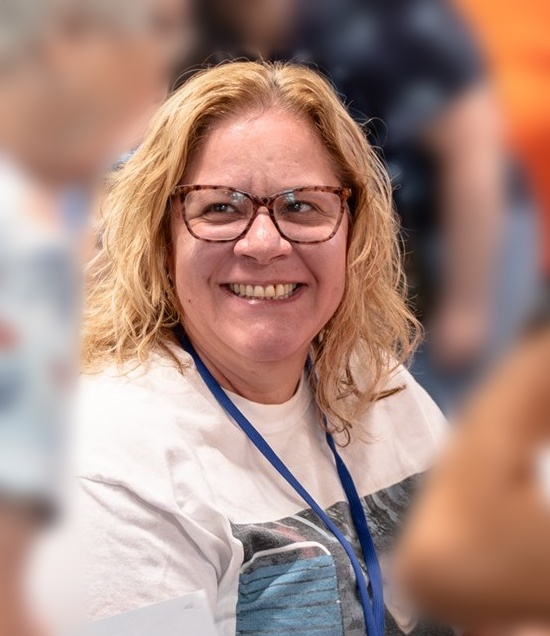
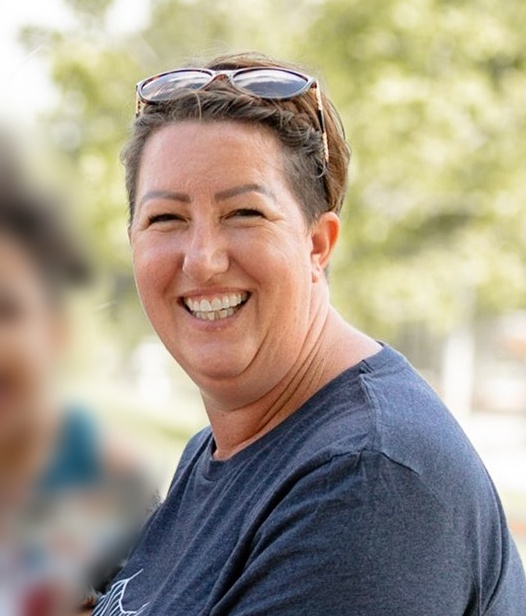

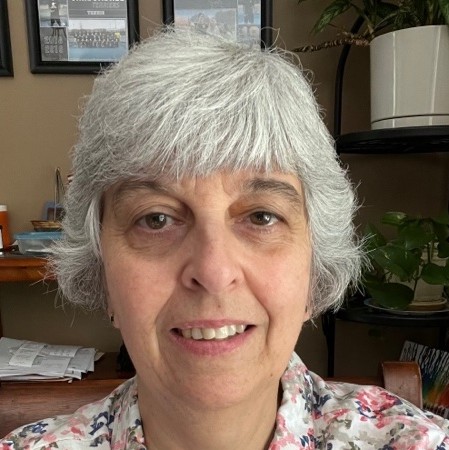
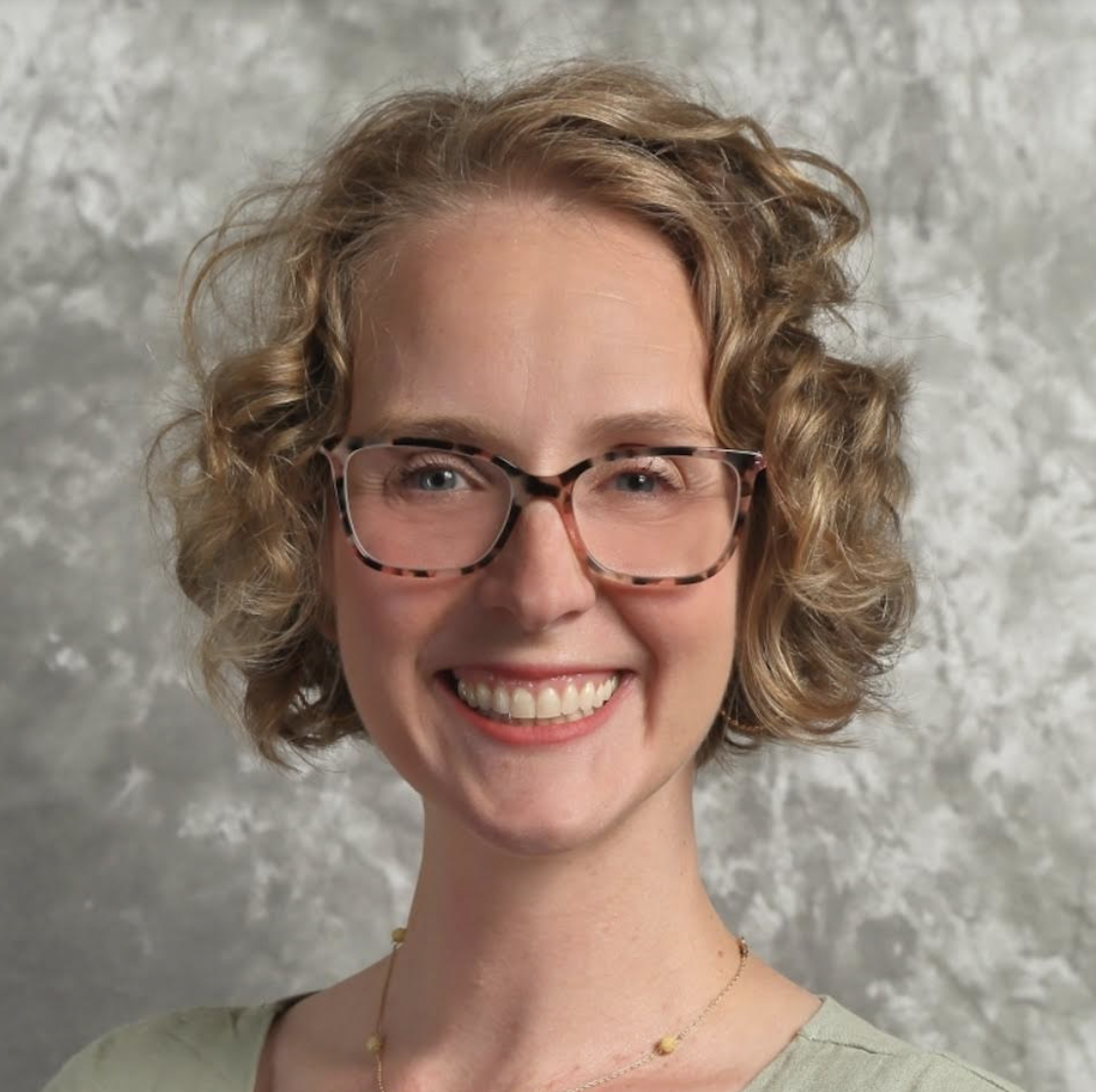

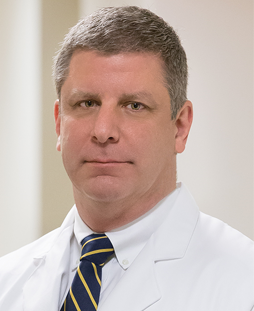

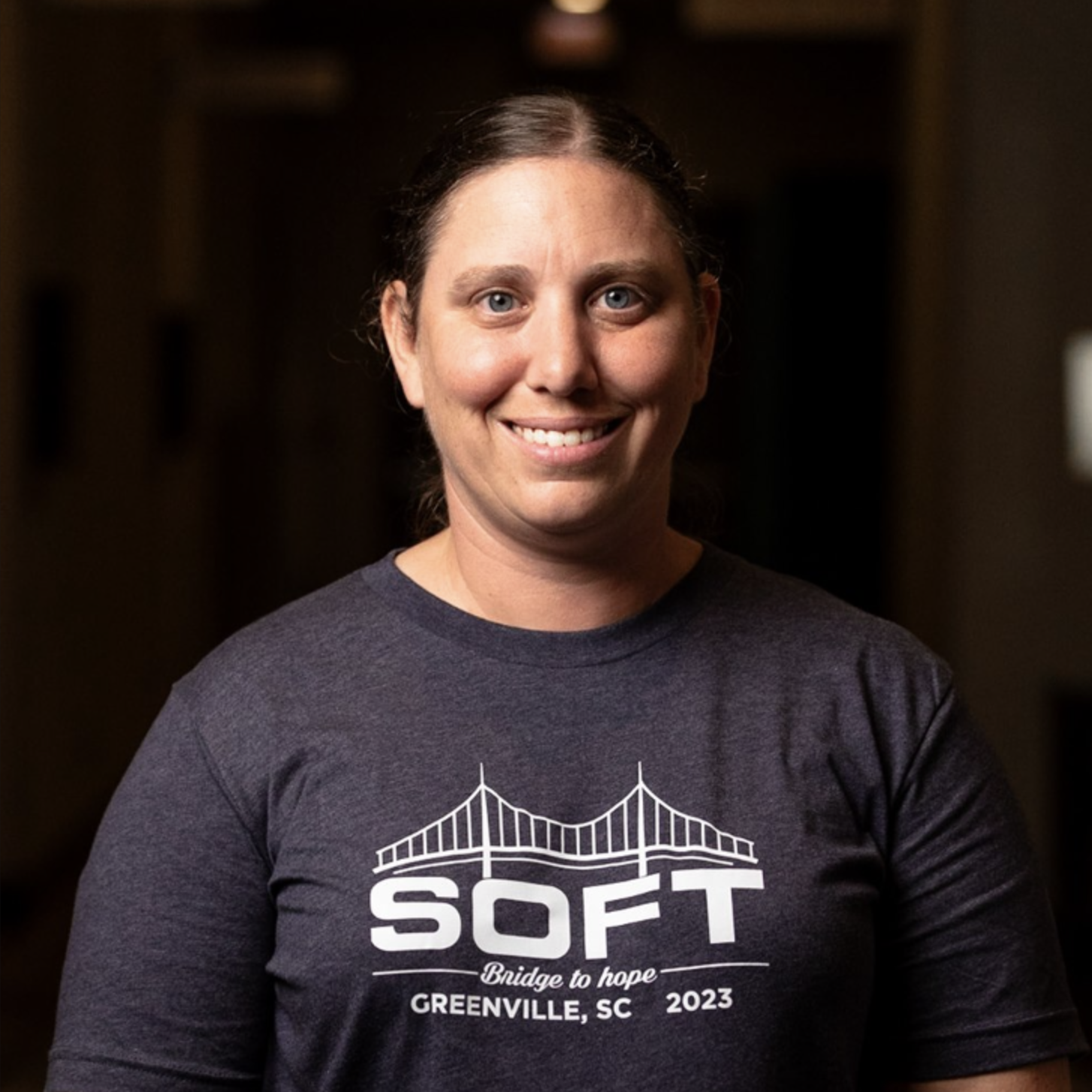



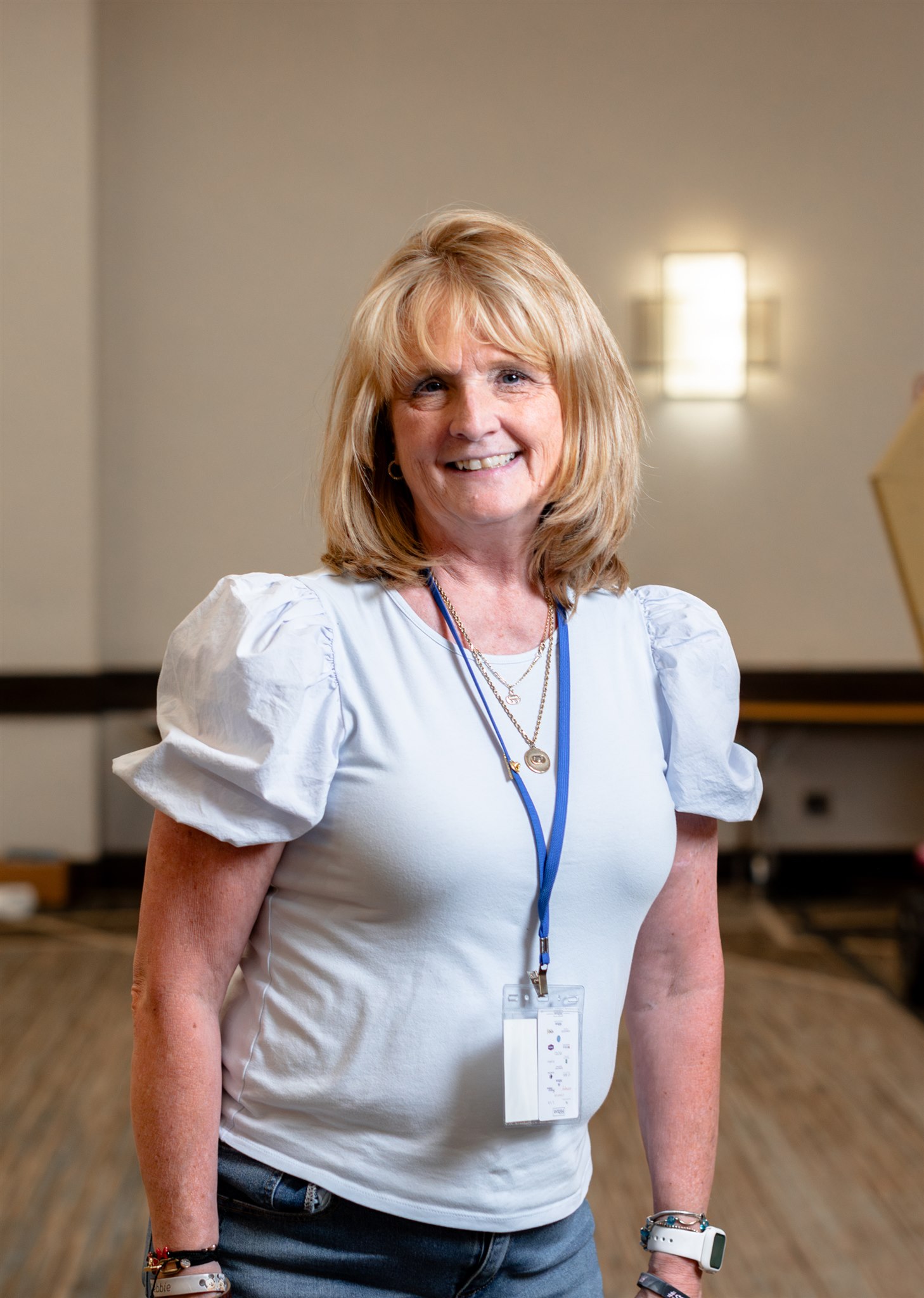
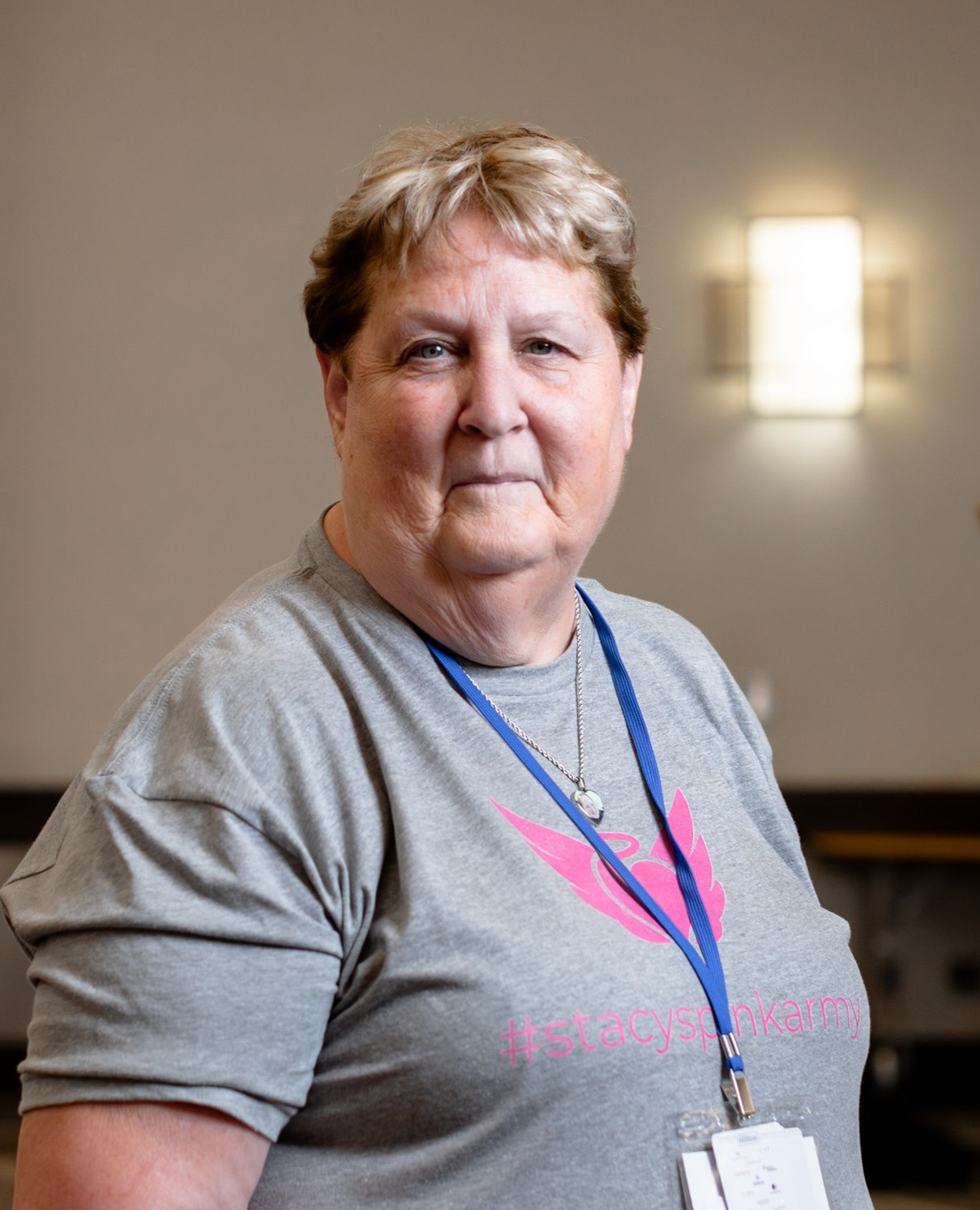
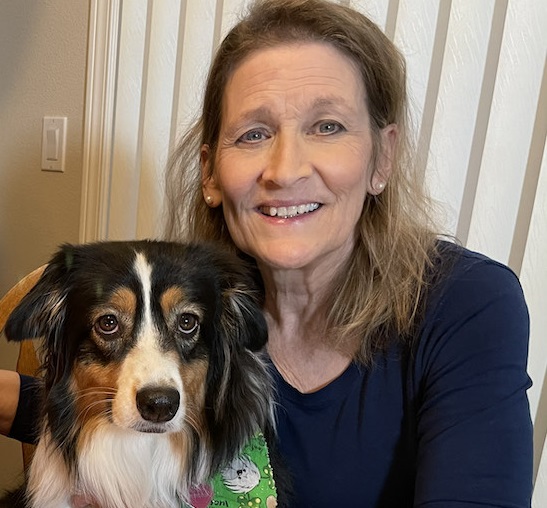
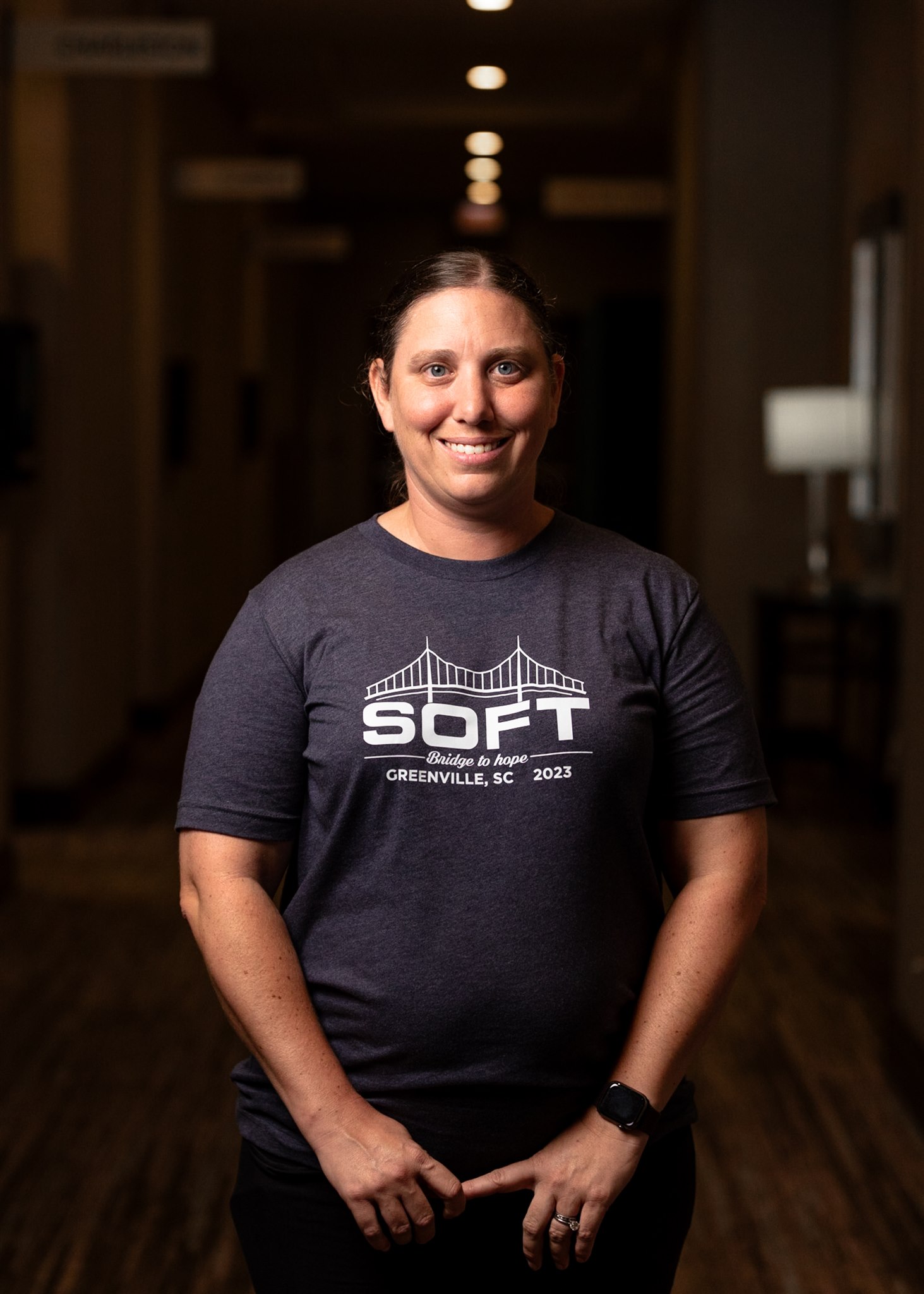
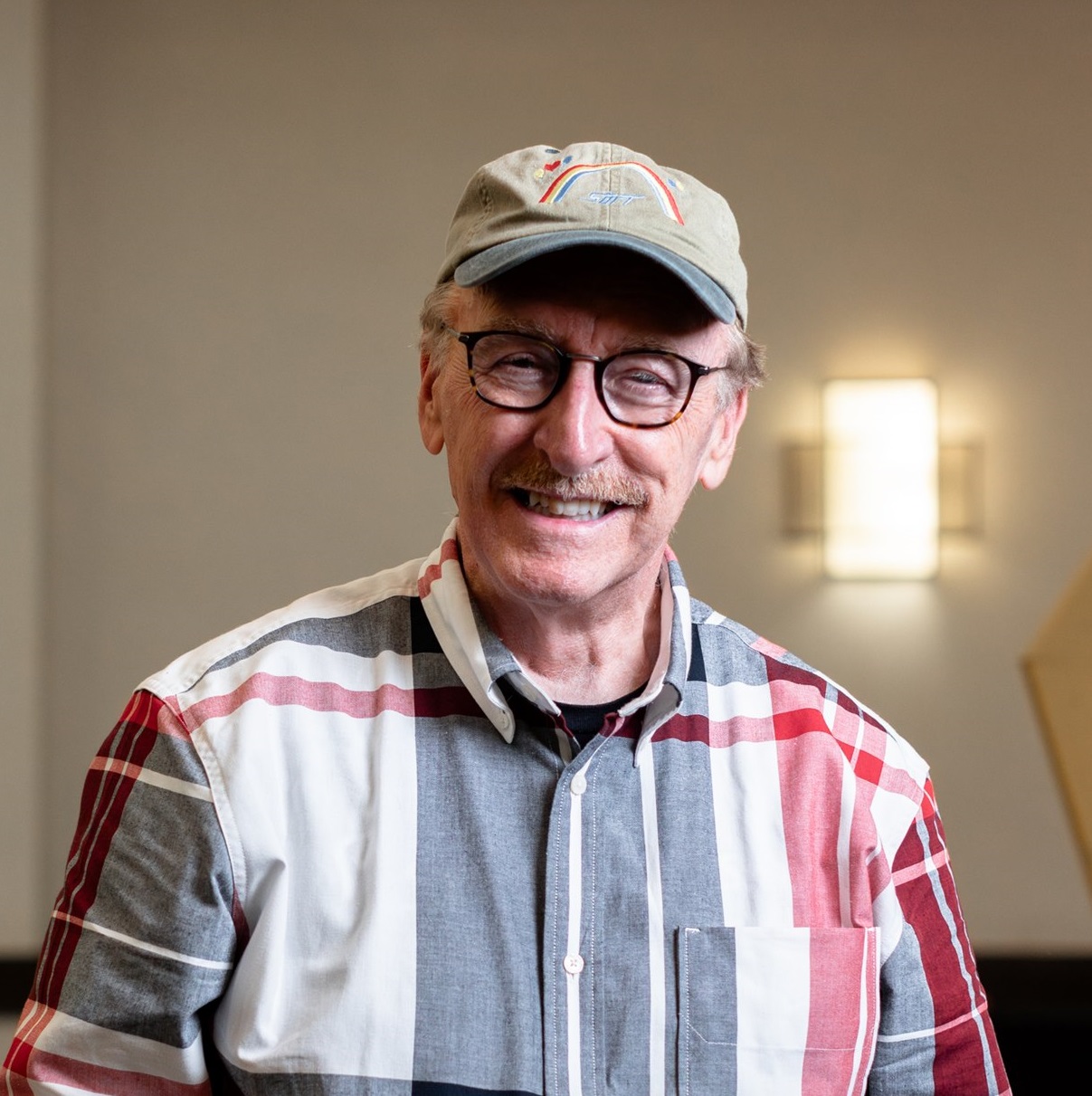

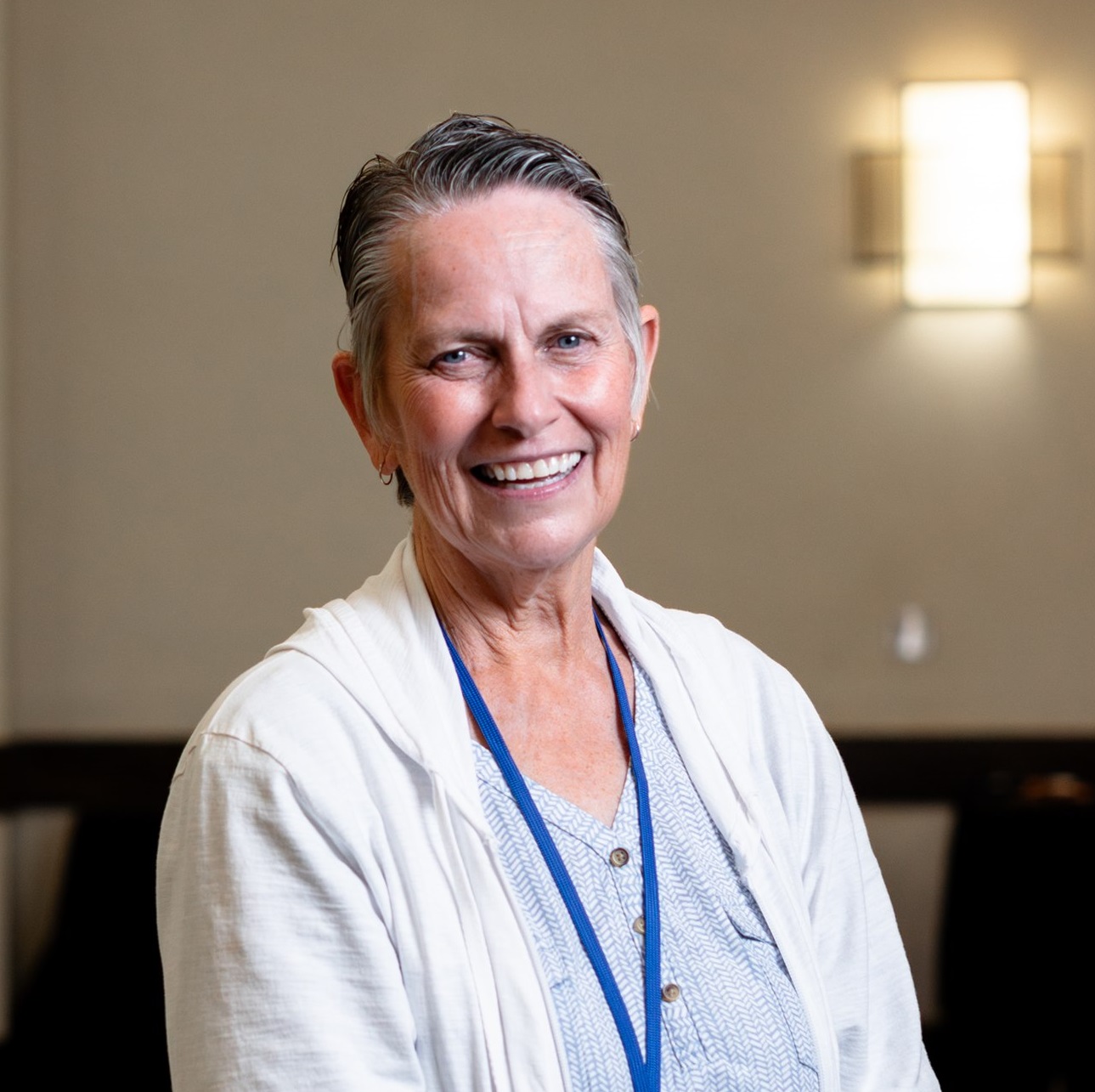

Recent Comments